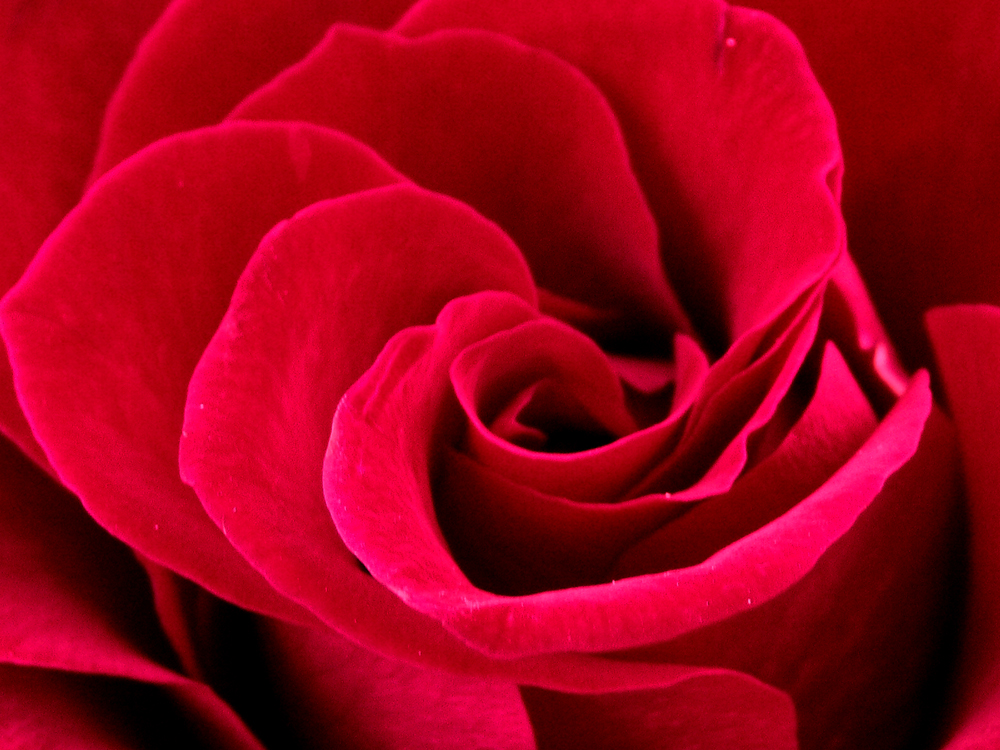
What is a flower etegre?
The flower industry, just like any other industry, makes use of various technical terms and jargon that can cause the average shopper to feel a bit confused or even overwhelmed. When you hear your florist talk about a floral etegre, you might start to scratch your head and that’s not uncommon! The term is traditionally used to describe an arrangement of furniture that includes various styles to create the desired look. In floristry, this is accomplished by creating different types of flower arrangements that can stand alone or be placed together to create a dazzling, large display.
Start by selecting your containers. If this is your first time making a floral etegre, you can begin with three different types of containers. They should be similar in design but vary in terms of shape, size, and height. Look for one that will work well for a vertical arrangement, another for a horizontal arrangement, and a final one for the round-shaped arrangement.
Fill your containers with blocks of soaked floral foam. To cut the foam you can use a foam knife or a putty knife. If you want to give any of your arrangements extra height, you can cut the foam taller than the container. Add foam around the sides of the main foam blocks to give them stability. Remember, your horizontal arrangement will become the base and it will be topped with the round arrangement and then the vertical one. Stack them before you add the flowers to make sure that they are balanced and they don’t wobble.
Start by arranging your horizontal arrangement. Keep the horizontal shape in mind when adding your flowers. In other words, you want to place the longest stems on the left and right side with shorter stems running along the top, back, and front. Make sure that you leave the top somewhat empty so that you have space to place your round arrangement. Use roses to establish the shape of the arrangement before moving on to the round arrangement.
Place shorter stems to create a round form for the round arrangement. This means that the stems will be shorter and placed on all four sides. Again, you need to leave the top empty since this is where you will place your vertical arrangement. The vertical style needs flowers placed in an upright position.
Once you have set a few roses in place for each arrangement, it’s time to place them all on top of one another to get a better idea of the effect you’re creating. Add some other mass flowers and follow the same lines that you created in all three arrangements. Some great flowers to go with your roses include carnations and asters. While roses and carnations are added one by one, you can add spray asters in clusters as fillers since they are smaller and this will create a more natural appearance.
As for foliage, you can use a fine fern, ivy or greenery of your choice. If you like, you can airbrush the ferns to give them an even more incredible appearance. Lily grass can be added to your vertical style for added height. Remember not to add too much foliage or it will conceal your flowers. You can also add another type or colour rose to the arrangements if you like or alternate between the colours of your carnations. For added elegance, consider including a few orchids here and there to finish it all off.
Once you are done, the empty centres should be concealed behind the surrounding flowers. This way, they can be displayed together or individually. You can even add a candle to the middle of your round style or add another accent like fruit to your horizontal style.
